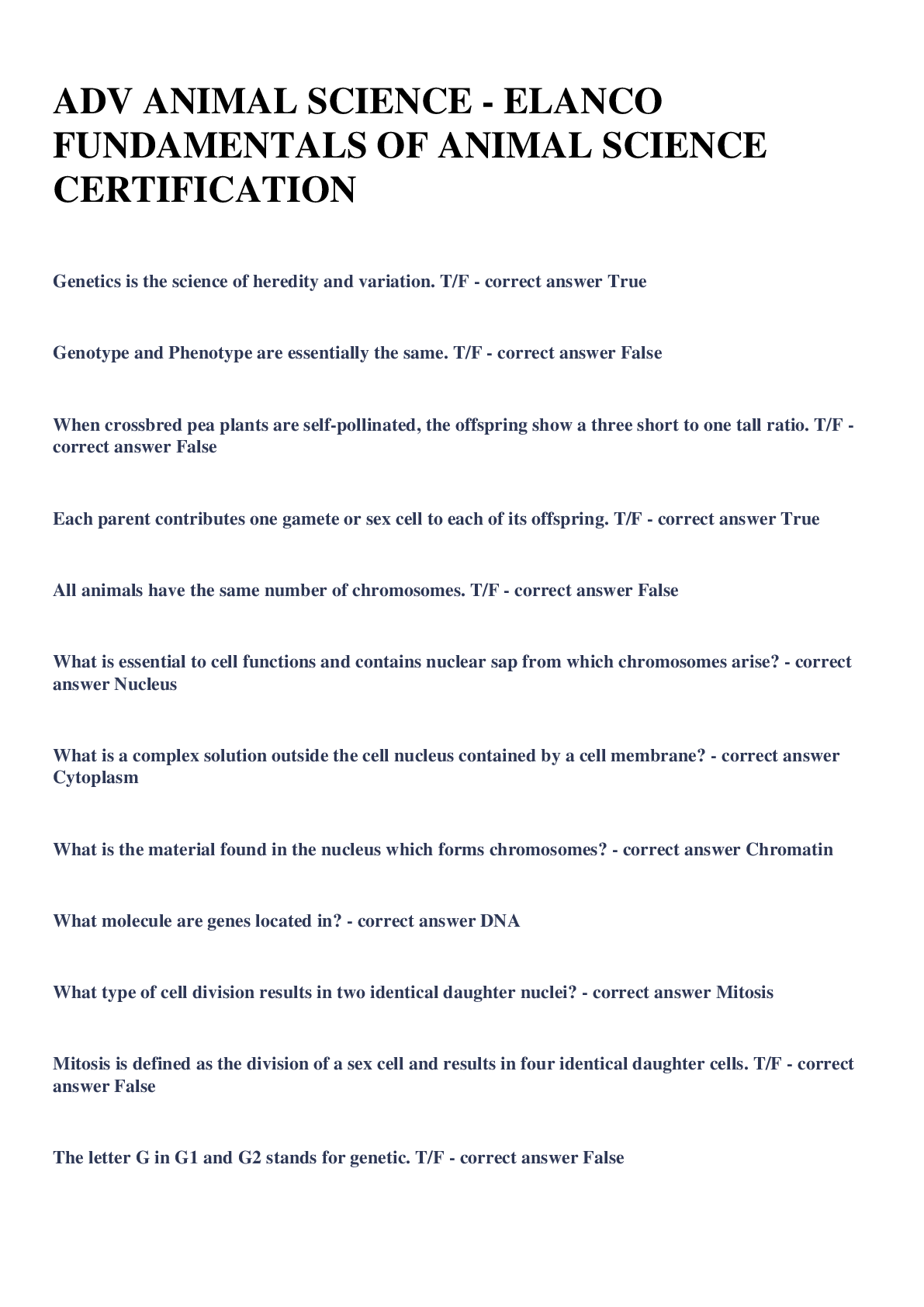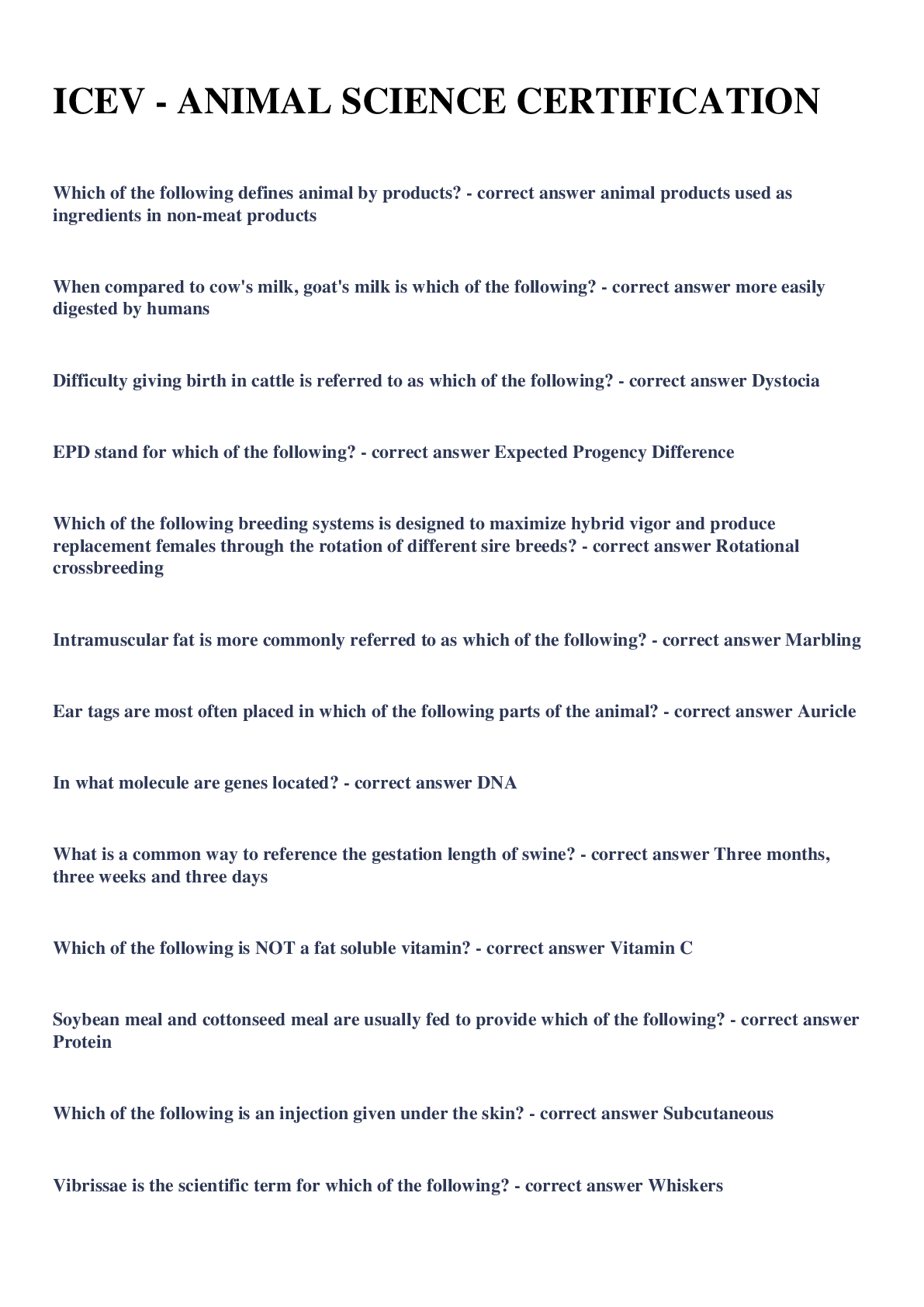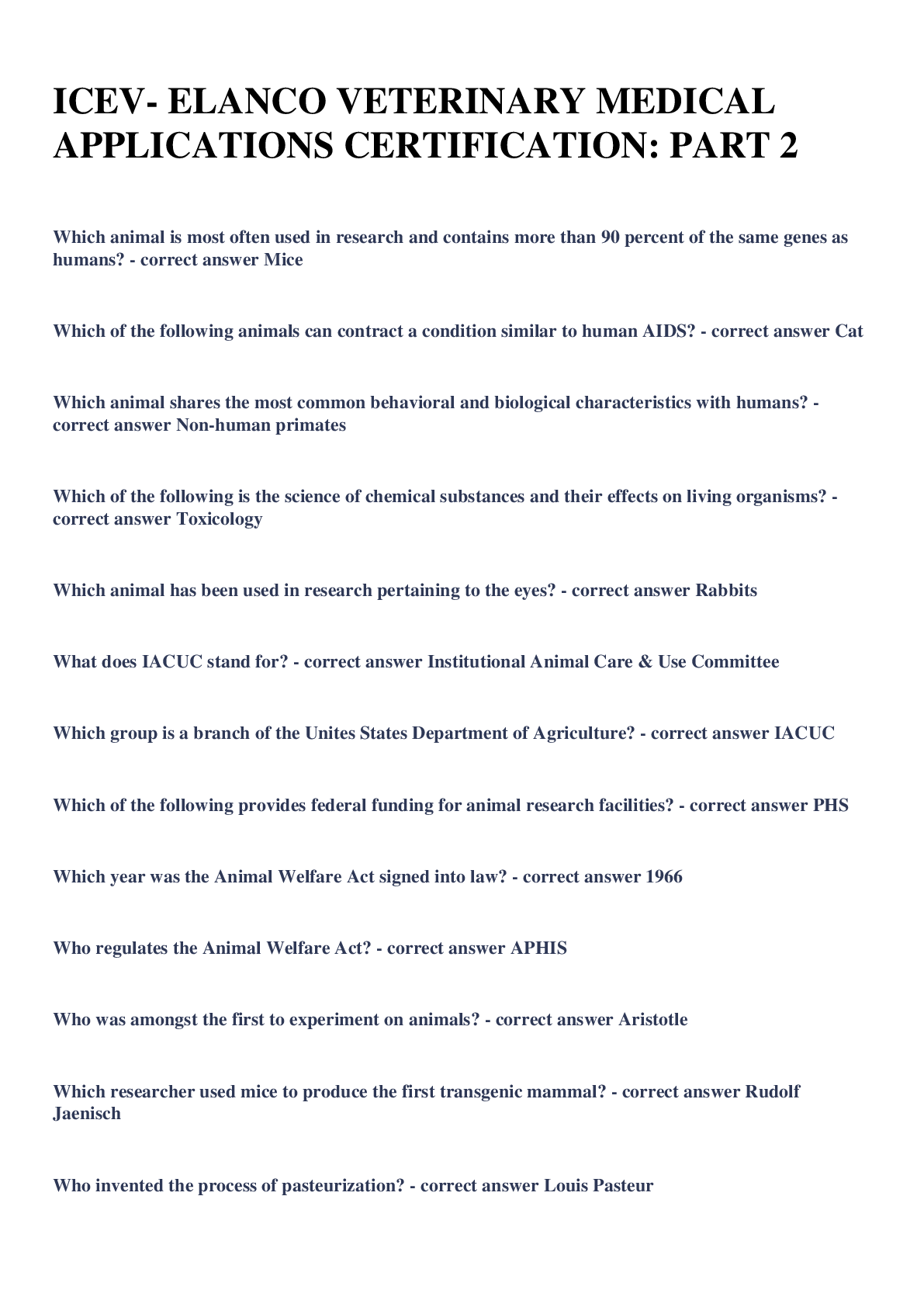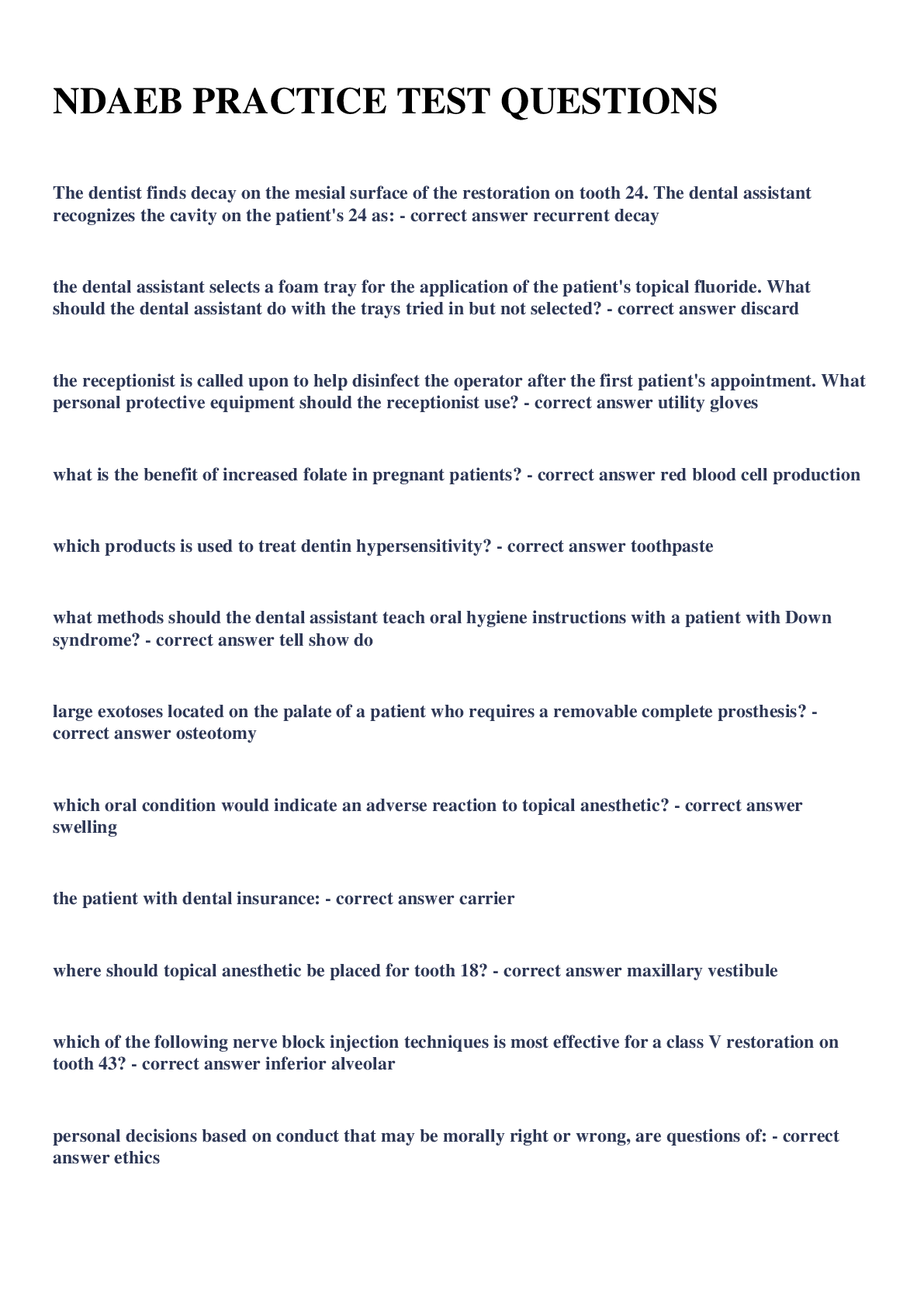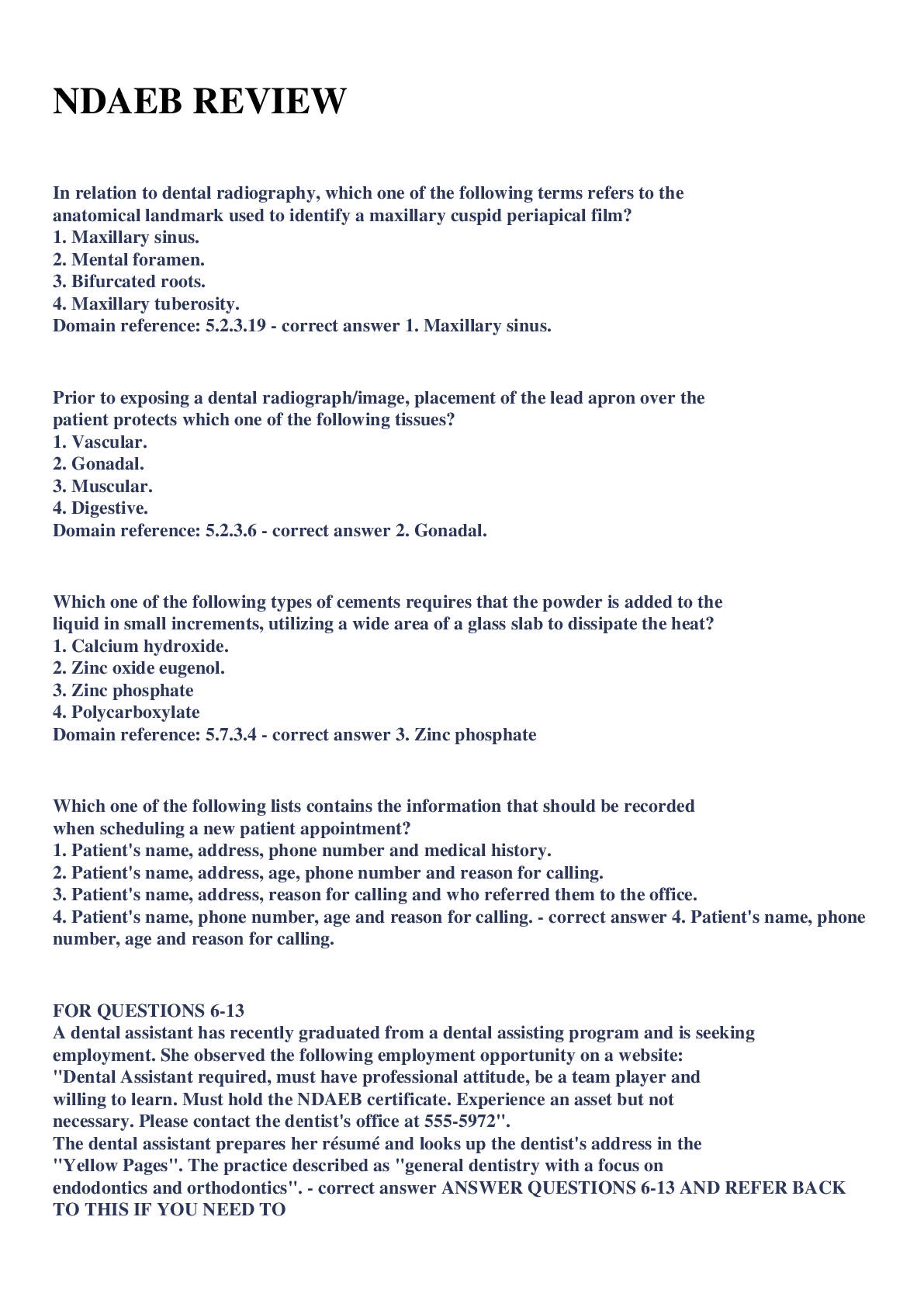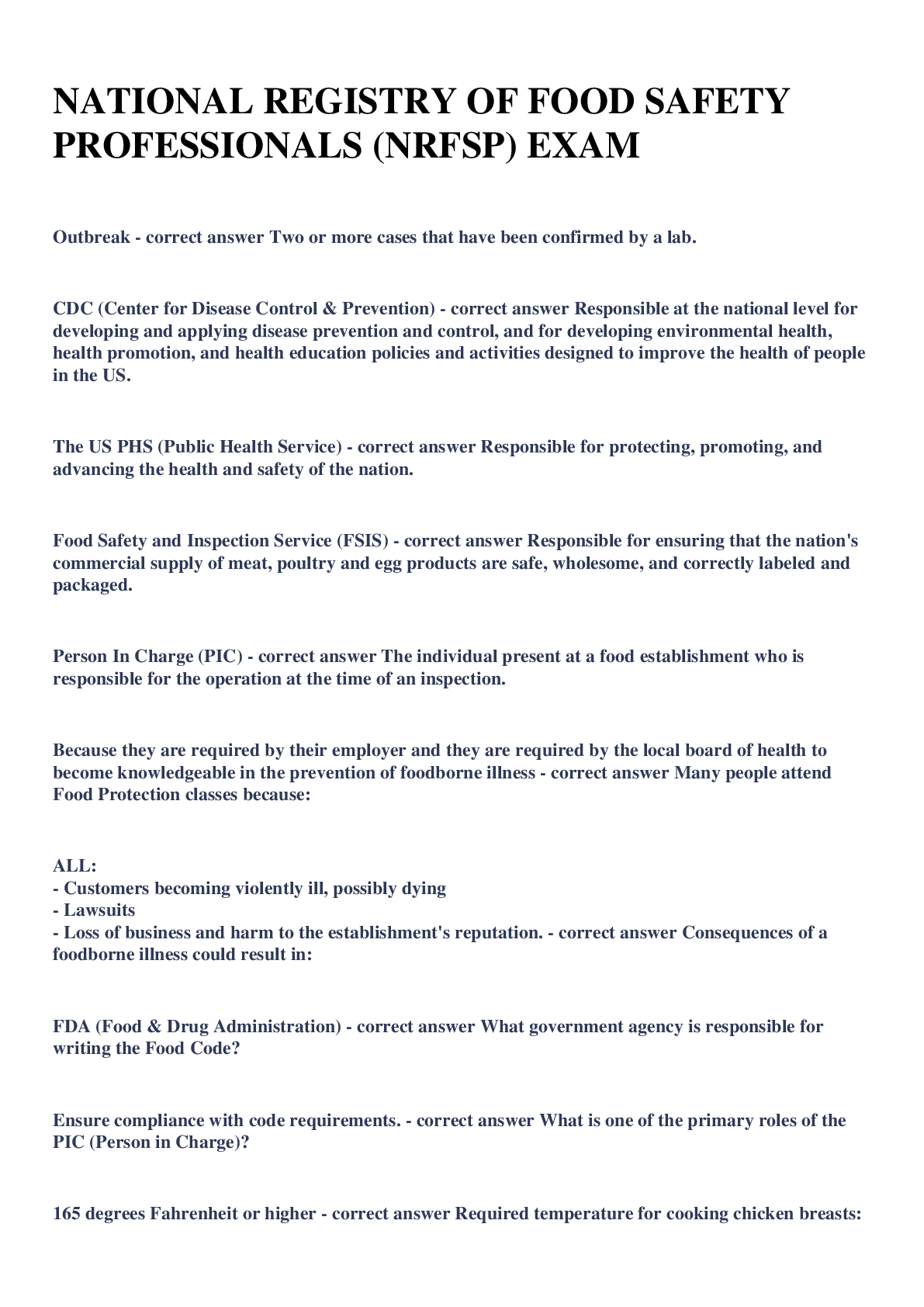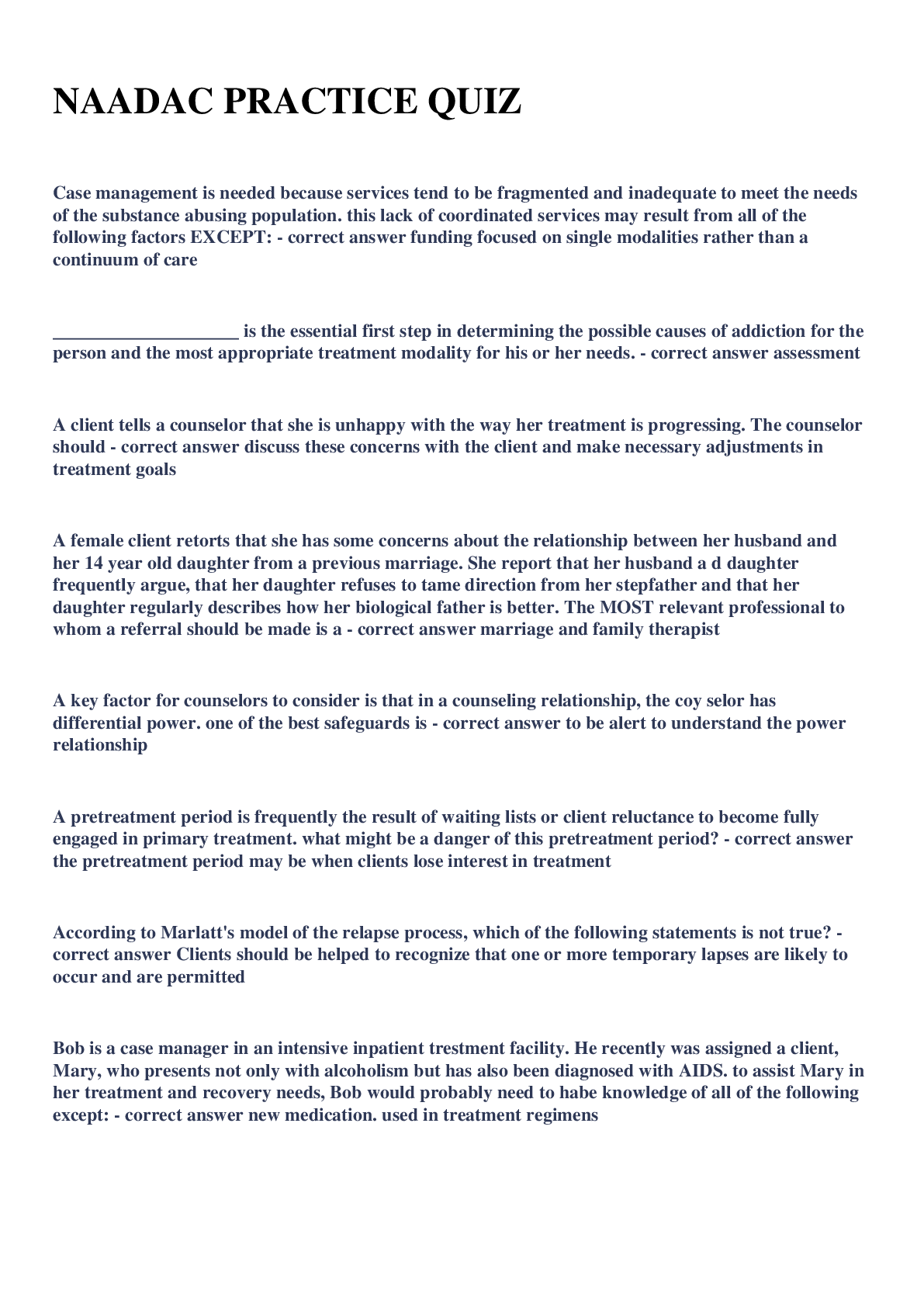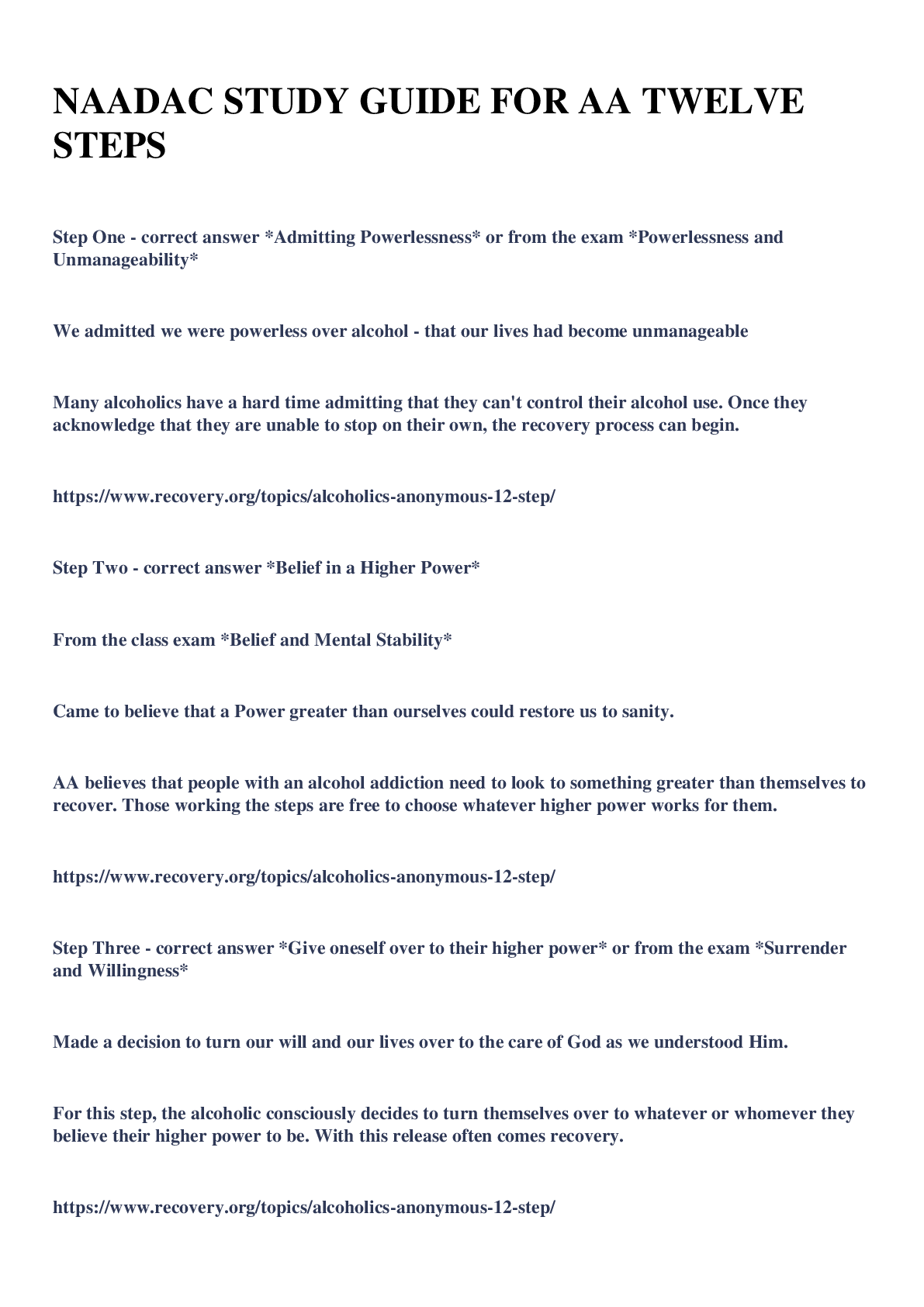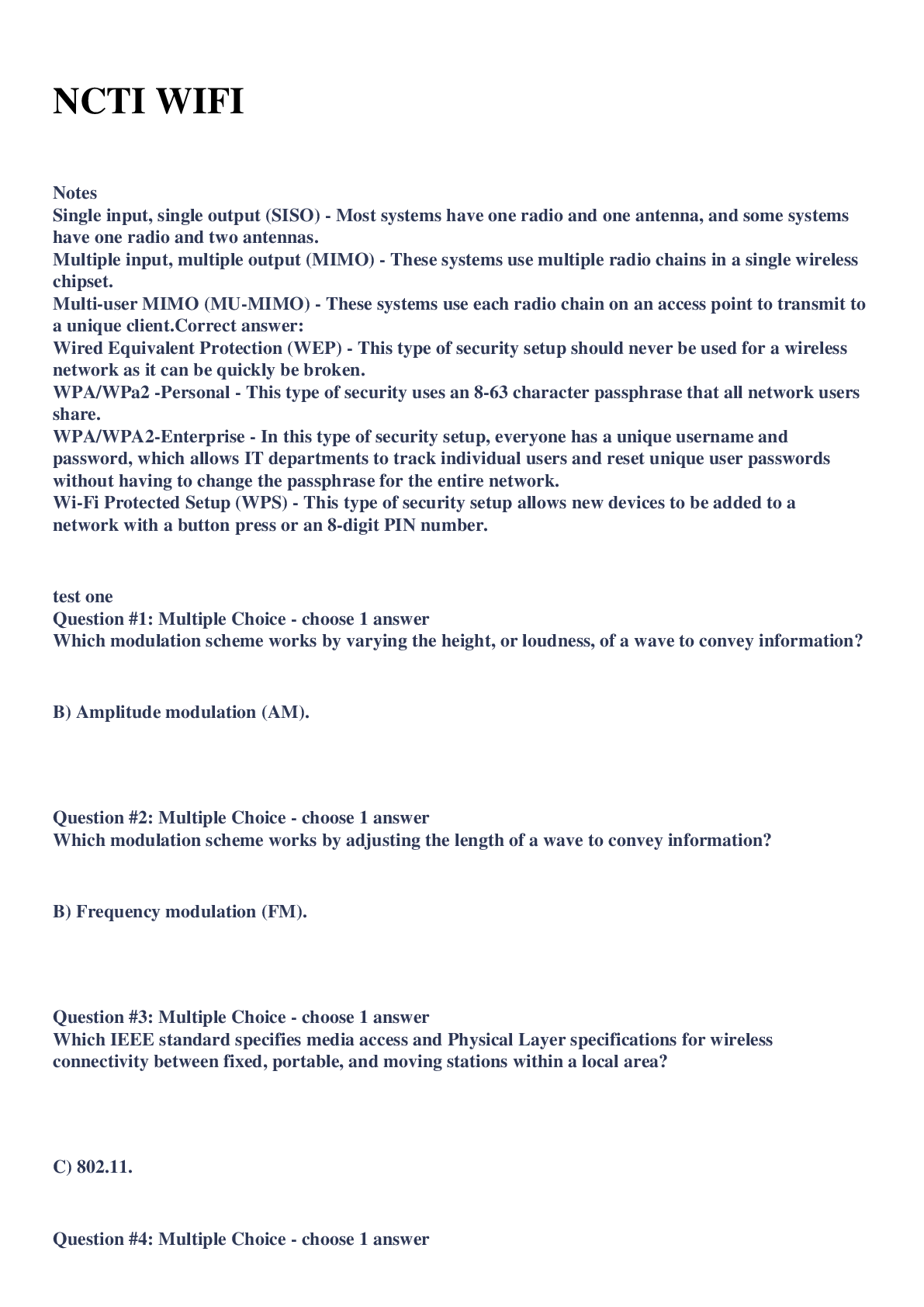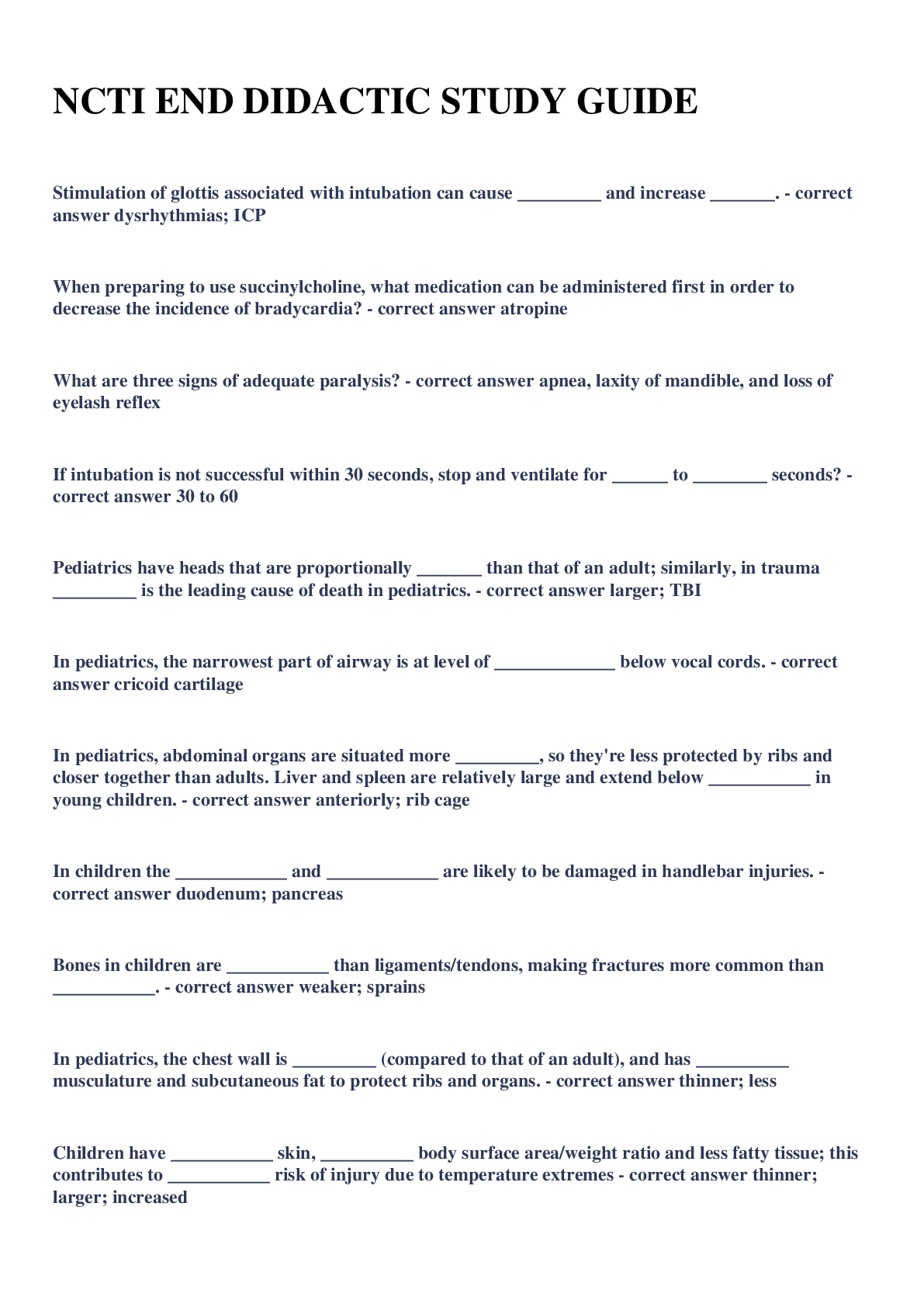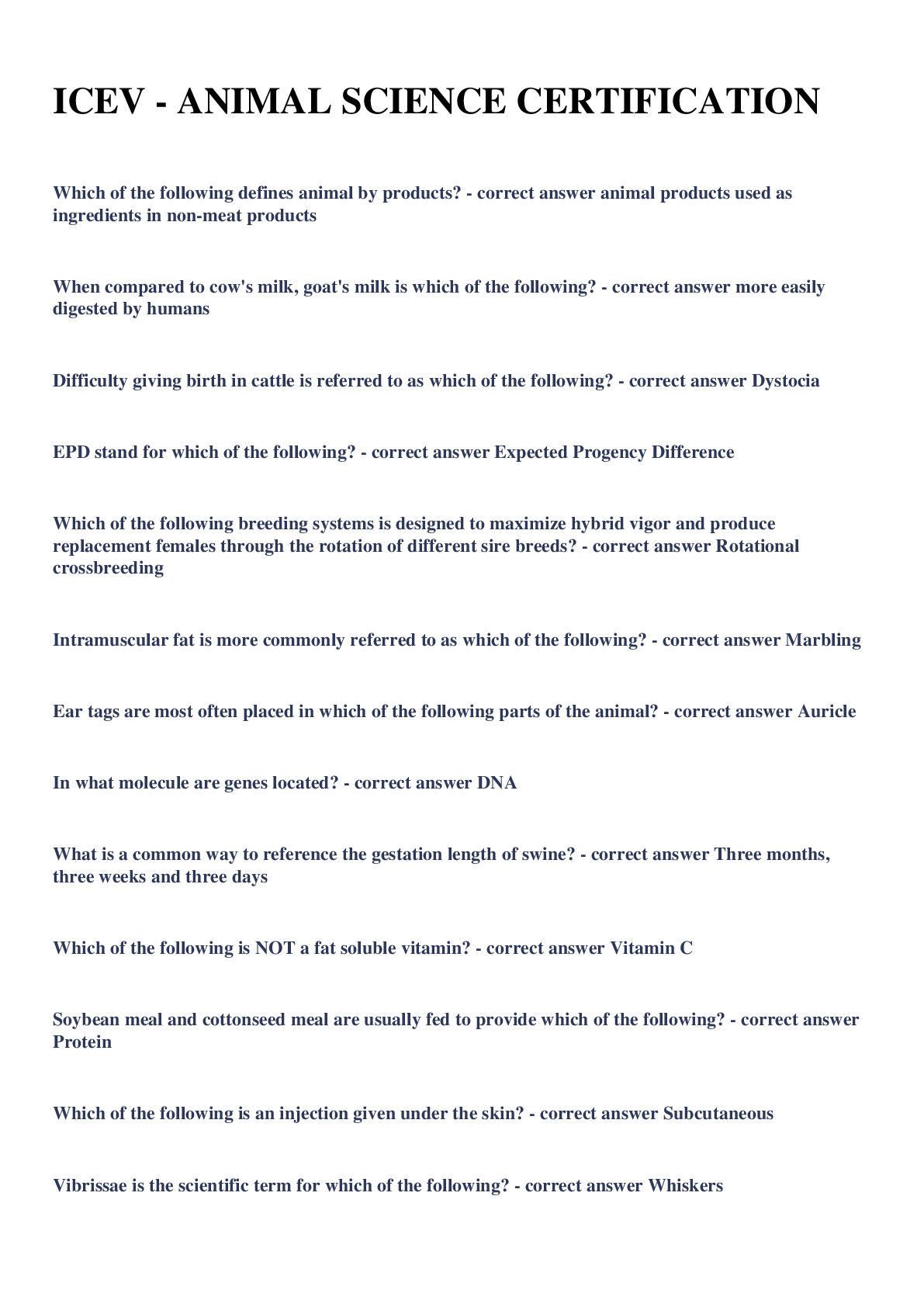*NURSING > A-Level Mark Scheme > 1000 MCQ'S DENTAL ADC WAYSEM 2023 LATEST UPDATE (All)
1000 MCQ'S DENTAL ADC WAYSEM 2023 LATEST UPDATE
Document Content and Description Below
1. For lower premolars, the purpose of inclining the handpiece lingually is to, A. Avoid buccal pulp horn B. Avoid lingual pulp horn C. Remove unsupported enamel D. Conserve lingual dentine A. ... Avoid buccal pulp horn Explanation 1- avoid BUCCAL pulp horn 2- conserve ling. dentine So take A and B if available 2. For an amalgam restoration of a weakened cusp you should, A. reduce cusp by 2mm on a flat base for more resistance B. reduce cusp by 2mm following the outline of the cusp C. reduce 2mm for retention form B. reduce cusp by 2mm following the outline of the cusp Explanation F cusp = 0.5-1.5 mm acc. to occlusion. Cracked cusp = FLAT BASE 3. Before filling a class V abrasion cavity with GIC you should, A. Clean with pumice, rubber cup, water and weak acid B. Dry the cavity thoroughly before doing anything C. Acid itch cavity then dry thoroughly A. Clean with pumice, rubber cup, water and weak acid Explanation also scraping with actual cavity prep. 4. Which of the following statement about the defective margins of amalgam restorations is true? A. The larger the breakdown, the greater the chance of decay. A. The larger the breakdown, the greater the chance of decay. Explanation the larger the gap between the restoration and the tooth, the more the chance for rec. decay --> replace don't repair. 5. The retention pin in an amalgam restoration should be placed, A. Parallel to the outer wall B. Parallel to the long axis of tooth A. Parallel to the outer wall Explanation RULE OF "2" ??? 6. The most common cause of failure of the IDN "Inferior Dental Nerve" block is, A. Injecting too low B. Injecting too high A. Injecting too low Explanation Failure of inferior alveolar nerve block: 1- Anatomical: -accessory nerve supply (MH nerve, cervical cutaneous nerve C1, C2) -variable, variation in course of nerve OR foramen position, -bifid alveolar nerve or mandibular canal 2- Pathological: infection, inflammation, previous surgery; trismus 3- Pharmacological: chronic alcohol abuse, chronic narcotic drug abuse; 4- Psychological: fear, anxiety, apprehension; 5- Poor technique: this is the most common reason for failure. There are three most commonly occurring problems with this technique: -Inadequate mouth opening. -Improper needle placement: a) too low. b) too far forward (laterally) or backward (medially) of the target area (need to insert the needle just medial to the pterygomandibular raphe à depth of 20 to 25 mm) -Haste: Waiting three to five minutes after the injection before starting the procedure. 7. Which one of the following is used in water fluoridation: A. SnF B. 1.23% APF C. H2SiF D. CaSiF C. H2SiF Explanation Water fluoridation: 1- Hydrofluosilicic acid = H2SiF6 (not H2SiF2) 2- Sodium silicofluoride = Na2SiF6 3- Sodium fluoride = NaF 8. The best way to clean a cavity before the placement of GIC is, A. H2O2 B. Phosphoric Acid C. Polyacrylic acid C. Polyacrylic acid Explanation also called: -Polycarboxylic acid -Polyalkenoic acid 9. The most mineralised part of dentine is, A. Peritubular dentine A. Peritubular dentine Explanation NOT intertubular & NOT interglobular dentine. 10. A 45 years-old patient awoke with swollen face, puffiness around the eyes, and oedema of the upper lip with redness and dryness. When he went to bed he had no swelling, pain or dental complaints. Examination shows several deep silicate restorations in the anterior teeth but examination is negative for caries, thermal tests, percussion, palpation, pain, and periapical area of ramififaction. The patient's temperature is normal. The day before he had a series of gastrointestinal x-rays at the local hospital and was given a clean bill of health. The condition is: A. Acute periapical abscess B. Angioneurotic oedema C. Infectious mononucleosis D. Acute maxillary sinusitis E. Acute apical periodontitis B. Angioneurotic oedema Angioedma (Type I Allergy) reaction to contrast media. 11. Internal resorption is, A. Radiolucency over unaltered canal B. Usually in a response to trauma C. Radiopacity over unaltered canal B. Usually in a response to trauma 12. On replantation of an avulsed tooth you could A. Surface resorption, external resorption B. Internal resorption C. Inflammatory resorption D. Replacement resorption E. A, C and D F. All of the above E. A, C and D Explanation (B) Internal resorption doesn't follow avulsion/replantation. 16. What is the sequence from superficial to the deepest in dentine caries? A. Zone of bacterial penetration, demineralisation, sclerosis, reparative dentine B. Zone of bacterial penetration, reparative dentine, demineralisation, sclerosis. C. Zone of bacterial penetration, sclerosis, reparative dentine, demineralisation. A. Zone of bacterial penetration, demineralisation, sclerosis, reparative dentine Explanation Zones of Dentine Caries (from superficial to deep): Decomposed dentine (V) Bacterial penetration (IV) Demineralisation (III) Dentinal sclerosis (II) Fatty degeneration (I) --> Reparative dentine (in pulp) 17. The nerve supply of the pulp is composed of which type of nerve fibres? A. Afferent & sympathetic A. Afferent & sympathetic Explanation 1-Autonomic nerve fibers (sympathetic only): They innervate the smooth muscle cells of the arterioles and therefore function in regulation of blood flow in the capillary network. 2-Afferent (sensory) fibers: These arise from trigeminal n. Dentin sensitivity is explained by the 'hydrodynamic theory' = Movement of fluid in DT à activation of small, myelinated Aδ fibers causing sharp pain. Injury and inflammation later lead to the activation of unmyelinated C fibers (dull ache sensation), which are found in the Sub-odontoblastic layer and the deep pulp. 13. The percentage of total dentine surface / dentinal tubules 0.5mm away from pulp is, A. 20% B. 50% The diameter and density of dentinal tubules (DT) are greatest near the pulp. DT have a diameter of 3 μm near the pulp, 1.2 μm in the middle of the dentin, and 0.8 μm at DEJ. -Total DT = 21% of total coronal dentine volume. -At pulp --> DT = 27% -At DEJ --> DT = 19% *SO, IF ASKING ABOUT DENTINE/DT SURFACE AREA AT THE PULP = 70% *IF ASKING ABOUT DT/DENTINE = 27% 16. What is the sequence from superficial to the deepest in dentine caries? A. Zone of bacterial penetration, demineralisation, sclerosis, reparative dentine B. Zone of bacterial penetration, reparative dentine, demineralisation, sclerosis. C. Zone of bacterial penetration, sclerosis, reparative dentine, demineralisation. A. Zone of bacterial penetration, demineralisation, sclerosis, reparative dentine Explanation Zones of Dentine Caries (from superficial to deep): Decomposed dentine (V) Bacterial penetration (IV) Demineralisation (III) Dentinal sclerosis (II) Fatty degeneration (I) --> Reparative dentine (in pulp) 17. The nerve supply of the pulp is composed of which type of nerve fibres? A. Afferent & sympathetic A. Afferent & sympathetic Explanation 1-Autonomic nerve fibers (sympathetic only): They innervate the smooth muscle cells of the arterioles and therefore function in regulation of blood flow in the capillary network. 2-Afferent (sensory) fibers: These arise from trigeminal n. Dentin sensitivity is explained by the 'hydrodynamic theory' = Movement of fluid in DT à activation of small, myelinated Aδ fibers causing sharp pain. Injury and inflammation later lead to the activation of unmyelinated C fibers (dull ache sensation), which are found in the Sub-odontoblastic layer and the deep pulp. 18. Which direction does the palatal root of the upper first molar usually curve towards? A. Facial / buccal/ B. Lingual C. Mesial D. Distal A. Facial / buccal/ Explanation This is why exo movement should be more BUCCALLY to avoid fracturing P root. 19. What is the common appearance of vertical tooth fracture? A. Perio abscess like appearance B. Displacement of fragments A. Perio abscess like appearance Explanation J-shaped lesion = endo-perio lesion. 20. Which of the following would be ONE possible indication for indirect pulp capping? A. Where any further excavation of dentine would result in pulp exposure. B. Removal of caries has exposed the pulp C. When carious lesion has just penetrated DEJ A. Where any further excavation of dentine would result in pulp exposure. Explanation B may indicate DIRECT pulp capping. [Show More]
Last updated: 1 year ago
Preview 1 out of 220 pages

Buy this document to get the full access instantly
Instant Download Access after purchase
Buy NowInstant download
We Accept:

Reviews( 0 )
$11.50
Can't find what you want? Try our AI powered Search
Document information
Connected school, study & course
About the document
Uploaded On
Aug 18, 2023
Number of pages
220
Written in
Additional information
This document has been written for:
Uploaded
Aug 18, 2023
Downloads
0
Views
133


